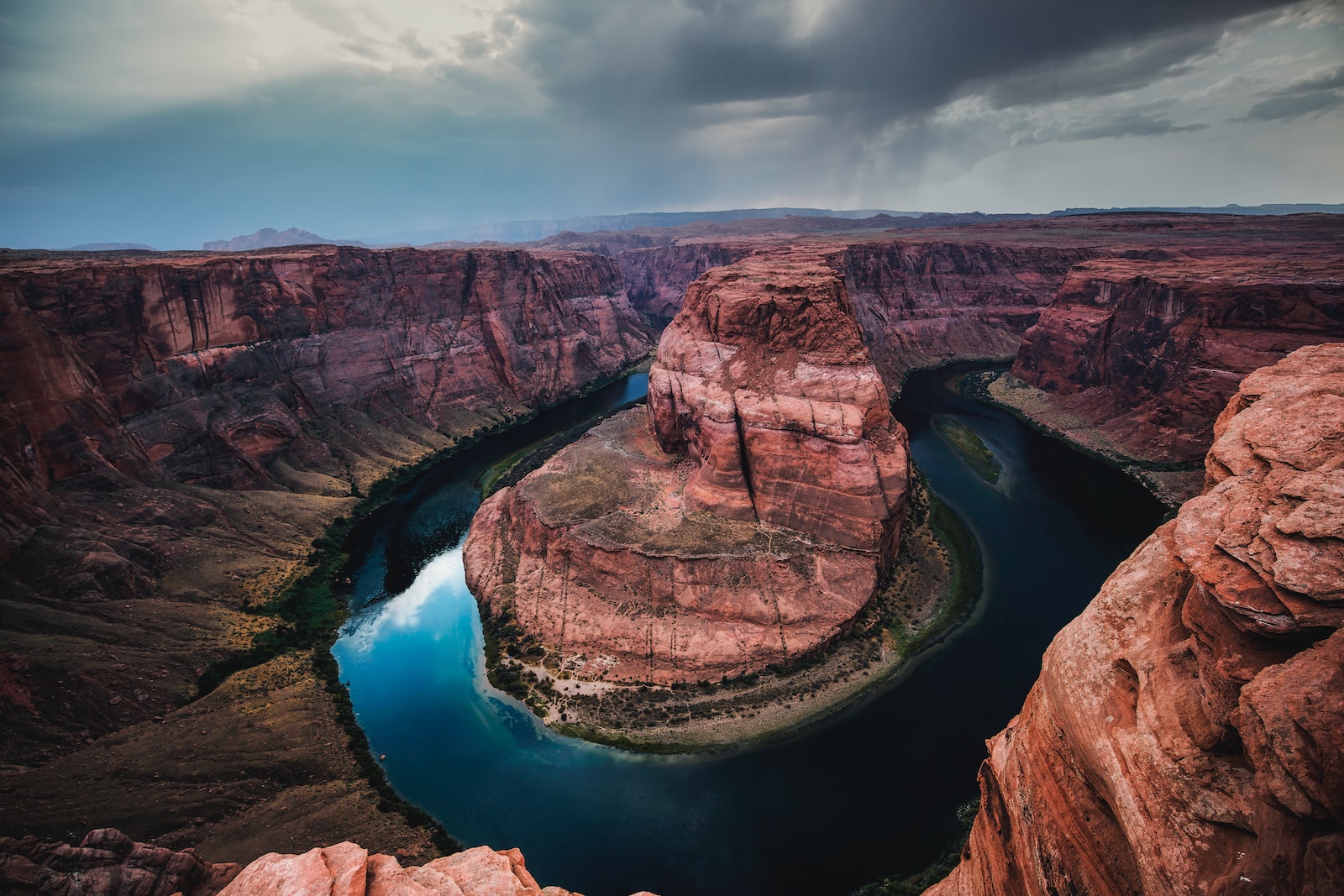Table of Contents
ToggleIntroduction
Water is one of the most precious resources on Earth, and its scarcity is becoming increasingly apparent as the world faces the consequences of climate change. The Colorado River, which provides water to seven US states, is currently experiencing a severe drought, and water cuts have been implemented to ensure equitable distribution to the states that depend on it. In this article, we will explore the causes and consequences of the Colorado River water cuts and the measures being taken to tackle the crisis.
The Importance of the Colorado River
The Colorado River is one of the most important water sources in the US, providing water to over 40 million people and irrigating more than 5 million acres of farmland. It is also crucial for hydroelectric power generation and supports a diverse ecosystem of plants and animals. However, the river has been experiencing a severe drought since 2000, which has only worsened in recent years.
The Colorado River Compact and Water Allocations
The Colorado River Compact is a legal agreement signed in 1922 that governs the allocation of water among the seven states that depend on the river. The agreement allocates a fixed amount of water to each state based on the assumption that the river has a certain amount of water that can be reliably used every year. However, with the river’s water levels dropping below the expected levels due to the ongoing drought, the allocated amounts of water are no longer sufficient, leading to water cuts.
Consequences of the Colorado River Water Cuts
The water cuts have far-reaching consequences. Farmers who depend on the river for irrigation are facing a significant reduction in their water supply, affecting their crop yields and livelihoods. Hydroelectric dams along the river are also affected, as the reduced water flow is affecting their power generation capacity. The water cuts are also impacting the river’s ecosystem and wildlife, as the reduced water flow affects the river’s water quality and the habitats of various species.
Measures Being Taken to Tackle the Crisis
To tackle the crisis, various measures are being taken, including water conservation programs, the construction of desalination plants, and plans to increase the use of renewable energy sources. Water conservation programs aim to encourage efficient use of water in homes, businesses, and farms. Desalination plants convert seawater into freshwater, which can supplement the river’s water supply. Increasing the use of renewable energy sources aims to reduce the dependence on hydroelectric power generation and the water flow required for it.
Conclusion
The Colorado River water cuts are a stark reminder of the consequences of climate change and the urgent need to conserve water and find alternative sources of water. The situation is complex and requires a coordinated effort from all stakeholders to ensure that the remaining water is distributed equitably and sustainably. While the measures being taken to tackle the crisis are promising, more needs to be done to ensure the long-term viability of the river and the communities that depend on it.
In conclusion, the Colorado River water cuts are a significant problem that requires immediate and long-term solutions. The measures being taken to address the crisis are promising, but more needs to be done to ensure the river’s long-term viability. By working together to conserve water and find alternative sources of water, we can ensure a sustainable future for the Colorado River and the communities that depend on it.








1 thought on “The Colorado River Water Cuts: Causes, Consequences, and Solutions”
Pingback: The Crop That's Straining the Colorado River: How Alfalfa is Contributing to Water Scarcity - Sustainability Awakening